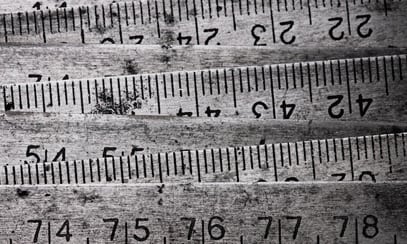 Professional media outlets, which have been the mainstay of the third-party credibility model, continue to crumble while digital media takes center stage. In its wake, public relations professionals have been asked not only to create their own brands of digital journalism and social media outreach but also to measure the results of their work.
Professional media outlets, which have been the mainstay of the third-party credibility model, continue to crumble while digital media takes center stage. In its wake, public relations professionals have been asked not only to create their own brands of digital journalism and social media outreach but also to measure the results of their work.
As PR teams navigate this nebulous area, it's often hard to figure out where to start.
There are many potential metrics, or KPIs, that PR managers and directors can use as the basis to measure what impact social media and digital media have on a brand.
Here are a few metrics to consider, courtesy of Kami Huyse, founder of Zoetica, a social media and communications agency based in Houston, and contributor to PR News' Digital PR & Social Media Guidebook Vol. 6:
- Cost comparison to other methods. Comparing the cost of a digital campaign and a more traditional one can show the financial value of using digital in conjunction with more traditional methods such as advertising.
- Lifetime value equivalency. If you know the value of a converted lead for your organization, and know what the estimated spending of the typical conversion will be, you can calculate the value of conversions and attribute part (or all) of this revenue to the campaign that brought them in.
- Multi-channel attribution and channel revenue tracking. In the backend analytics of your website is the data showing which channels have contributed to predetermined goals. If someone downloads a white paper, opts in to a marketing email or completes a sale, you can determine which communication program brought her there.
- Cost per lead. If leads are important, there is usually a calculation in the sales or marketing departments to determine how much it costs to acquire the typical “hot” lead (this works for donors, too).
- Correlations. Using a fairly simple calculation in a spreadsheet, you can track campaign activities and metrics against business results, which should give you an idea if they correlate with each other. This is a measurement tactic that takes a little effort, but can result in a big payoff.
For more information on PR measurement, check out PR News’ PR Measurement Conference on April 8 at the National Press Club in Washington, D.C.
Follow Brian Greene: @bwilliamgreene
